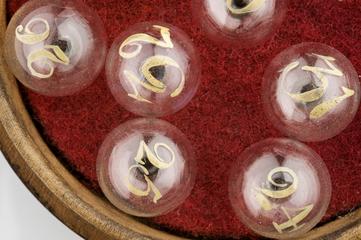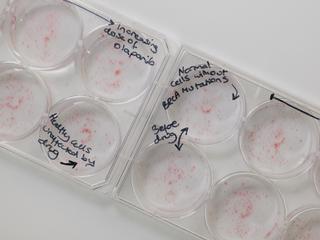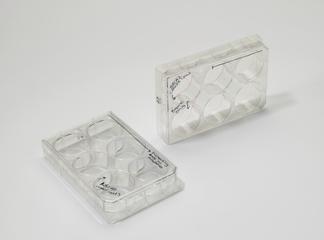
Set of glass pipettes made by Sir Almroth Wright for use in research, London, England, 1902-1914
- maker:
- Almroth Edward Wright




Set of glass pipettes made by Sir Almroth Wright (1861-1947), bacteriologist and founder of modern vaccine-therapy, for use in research undertaken at St Mary's Hospital Paddington, London, c.1910.
These pipettes were invented and used by Sir Almroth Edward Wright (1861-1947), a pathologist and bacteriologist at St Mary’s Hospital, London. Wright pioneered the use of vaccine therapy, which involved using vaccines as treatments rather than as a preventative measures. His approach and theories were controversial and were later abandoned. However, Wright was very prominent in the early 1900s, and even provided the inspiration for the character of the doctor in George Bernard Shaw’s play, The Doctor’s Dilemma.
Wright set up his own clinical research institute at the hospital. This was funded by the sale of his vaccines. It was at this institute that Alexander Fleming discovered penicillin in 1928.
Details
- Category:
- Laboratory Medicine
- Object Number:
- 2005-73
- Measurements:
-
case closed: 23 mm x 148 mm x 111 mm, .17 kg
case open: 15 mm x 148 mm x 220 mm, .17 kg
- type:
- pipette
- credit:
- Dr Peter N. Cardew




